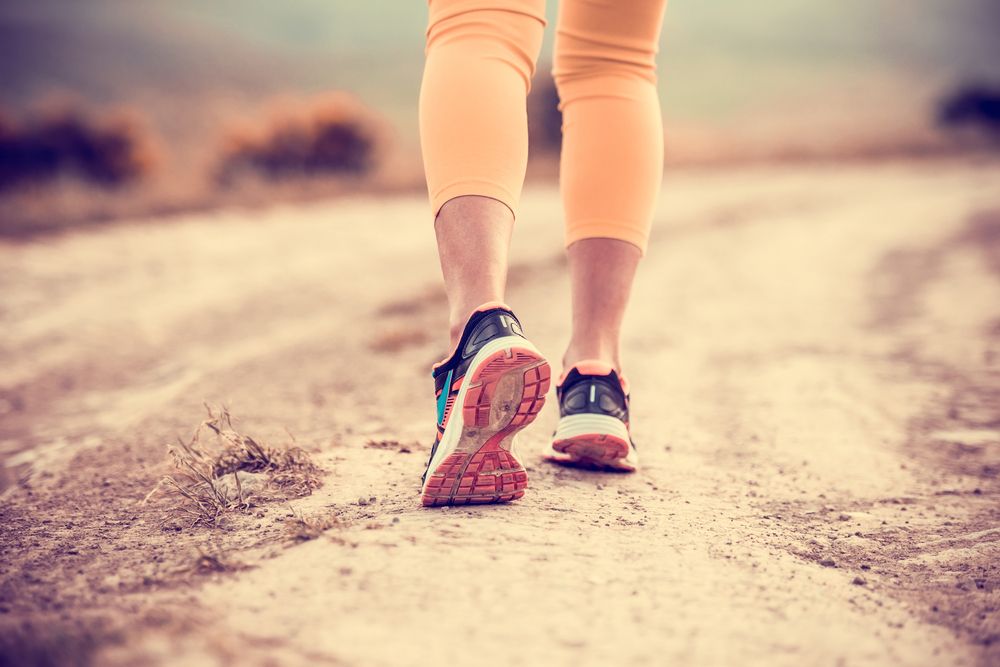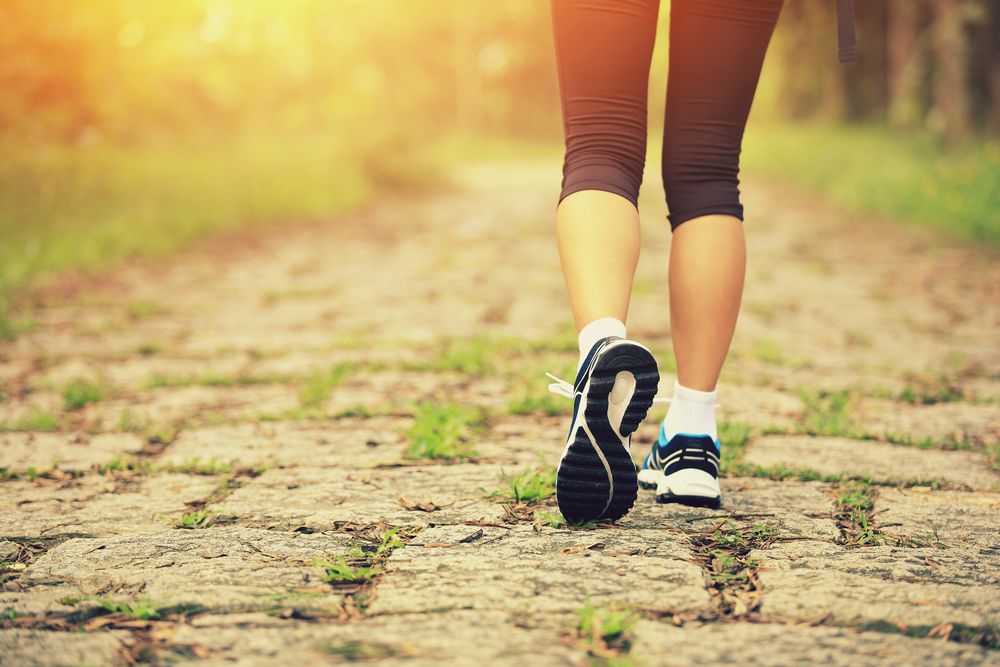
Heading out for an invigorating, brisk walk may already be a staple in your daily fitness routine. But here’s some exciting news: your walking regimen just got a fun and challenging twist! "Retro walking"—or walking backward—is gaining popularity, and the benefits are impressive. Before you lace up your sneakers and hit the pavement, we’ve outlined the advantages of walking backward and why so many people are embracing it as a highly effective workout.
The Benefits of "Retro Walking," AKA Walking Backward
Curious about the concept of retro walking, we connected with Ronny Garcia, CPT at Blink Fitness, to dive into this unique workout trend. Garcia explains, "Walking backward challenges your balance and coordination in ways that forward walking doesn’t. The movement engages different muscles and demands heightened awareness of your surroundings. Backward walking specifically targets muscle groups like the calves, hamstrings, and glutes, providing a fresh way to enhance your workout."
You probably don’t think twice about your usual forward steps, but retro walking requires a heightened awareness of your surroundings. Each backward step demands more concentration and attention—a beneficial twist! As Garcia notes, "This type of mental engagement may offer cognitive benefits, such as improved focus and spatial awareness."
Science supports the benefits of retro walking, too. Research shows that walking backward can positively impact your gait and balance, enhancing overall stability.
People Swear By Backward Walking for a Productive Workout
People on TikTok are buzzing about the health benefits of retro walking. TikToker Chayse Byrd shared in a video, “A little over six months ago, I posted a video talking about the benefits of walking backward on the treadmill. At that time, I’d only been doing it for about a month, but even then, I saw significant improvements in my knee health, coordination, joint health, posture, and more. Now, nearly eight months in, here’s what’s changed from doing it long-term.”
Byrd’s initial motivation for trying backward walking was to improve her joint and knee health, as she’d been experiencing discomfort. She began by retro walking on the treadmill for five minutes at two miles per hour with a 5% incline before her workouts. Since then, she has noticed substantial improvement in her knee and ankle range of motion. Byrd no longer feels like she has "old lady knees," and her posture is now "nearly perfect."

